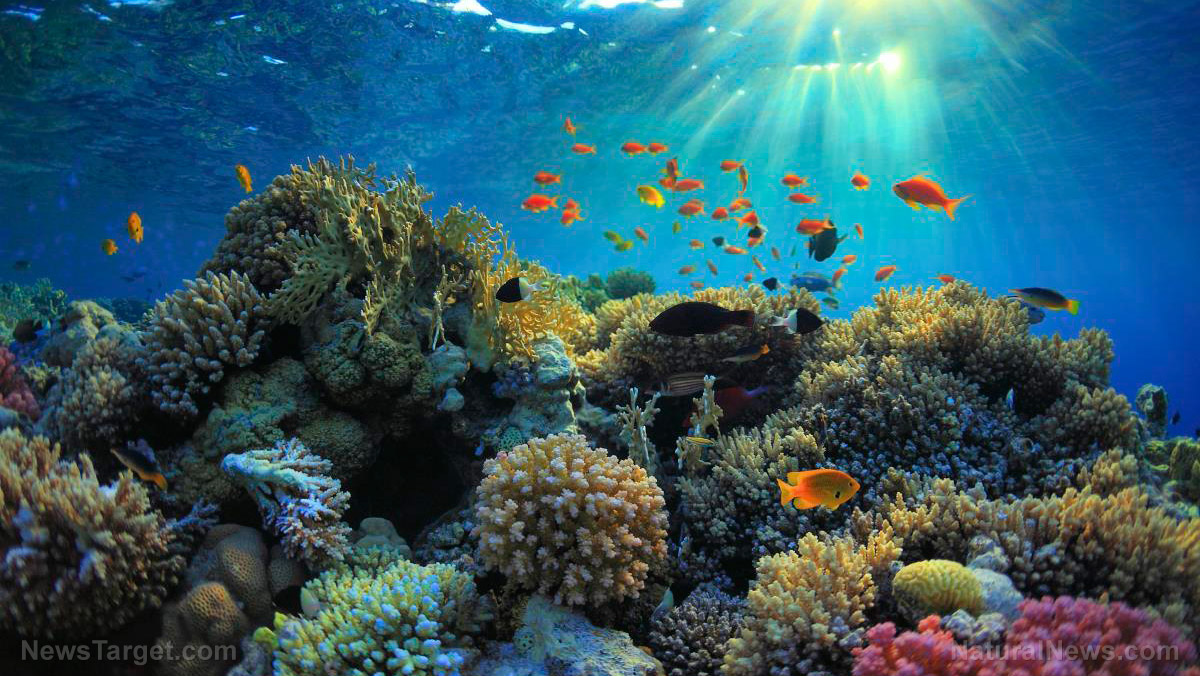
In a study supported by the Carnegie Institution for Science (Carnegie), researchers learned that sea anemones would expel most of the plastic microfibers from their bodies over time. However, if the animals experienced bleaching due to inhospitable temperatures, they would take more time to get rid of the microplastic contaminants.
Manoela Romano de Orte, Sophie Clowez, and Ken Caldeira were the first to look for any connection between sea anemones and small plastic fibers. They released their findings on the science journal Environmental Pollution.
Sea anemones (Actiniaria) are polyps in the phylum Cnidaria. They are relatives of corals (Anthozoa). Sea anemones contain algae that provide additional nutrition. They become bleached when they lose their symbiotic population due to hot temperatures.
Factors that affect coral – such as high water temperatures and microplastic pollution – may also affect their close relatives. Sea anemones also play a vital part in the health of coral reefs.
By figuring out the effects of microfibers on sea anemones, the researchers learned more about the ways plastic pollutants have affected coral reefs. (Related: Study reveals how mussels deal with microplastic pollution.)
Examining the effects of plastic microfibers on sea anemones
Microfibers make up a good portion of the plastic trash polluting the ocean. They come from synthetic clothing and maritime equipment like fishing gear.
Present in every ocean in the world, microplastics are starting to pop up inside marine fish, shellfish, and other sea animals that serve as seafood for human beings.
Carnegie researcher Romano de Orte warned that plastic pollution endangers both marine organisms and the oceans they call home. Plastics last for very long periods before finally breaking down, so even the smallest piece of contaminant will have significant effects during the long term.
“Plastics could be confused by the organisms for food and could also be carriers of other harmful contaminants,” said Romano de Orte. “Since sea anemones are closely related to corals, we decided to study sea anemones in the laboratory to better understand effects of plastics on corals in the wild.”
Earlier microplastic-centric experiments focused on microbeads. These tiny microplastics have different shapes and properties than fiber-shaped counterparts.
The Carnegie researchers exposed healthy and "bleached" sea anemones to microfibers. They wanted to see if the health of the animals made a difference in the amount and type of microplastic they ingested.
Both healthy and bleached sea anemones mistake inedible microfibers for food
The Carnegie experiment exposed both unbleached and bleached sea anemones to nylon, polyester, and polypropylene microfibers at the same time. They checked each animal for the presence and levels of each type of microfiber.
To a different set of healthy and unhealthy anemones, the researchers introduced brine shrimp – one of the anemones' main food sources – alongside the microplastics.
In the microplastics-only phase, 25 percent of the healthy sea anemones consumed nylon microfibers and ignored the other two. At the same time, 60 percent of the bleached individuals ate nylon while 20 percent ingested polyester.
Adding brine shrimp alongside the fiber got 80 percent of the healthy anemones to swallow nylon, polyester, and polypropylene microfibers. The same number of bleached anemones also ate the microplastics.
It took bleached anemones roughly three days to get rid of ingested microfibers in their bodies. Healthy animals purged the microplastics faster.
In the wild, sea anemones receive constant exposure to microplastics in the ocean. As a result, they experience chronic microfiber contamination every day.
Sources include:
Please contact us for more information.






















